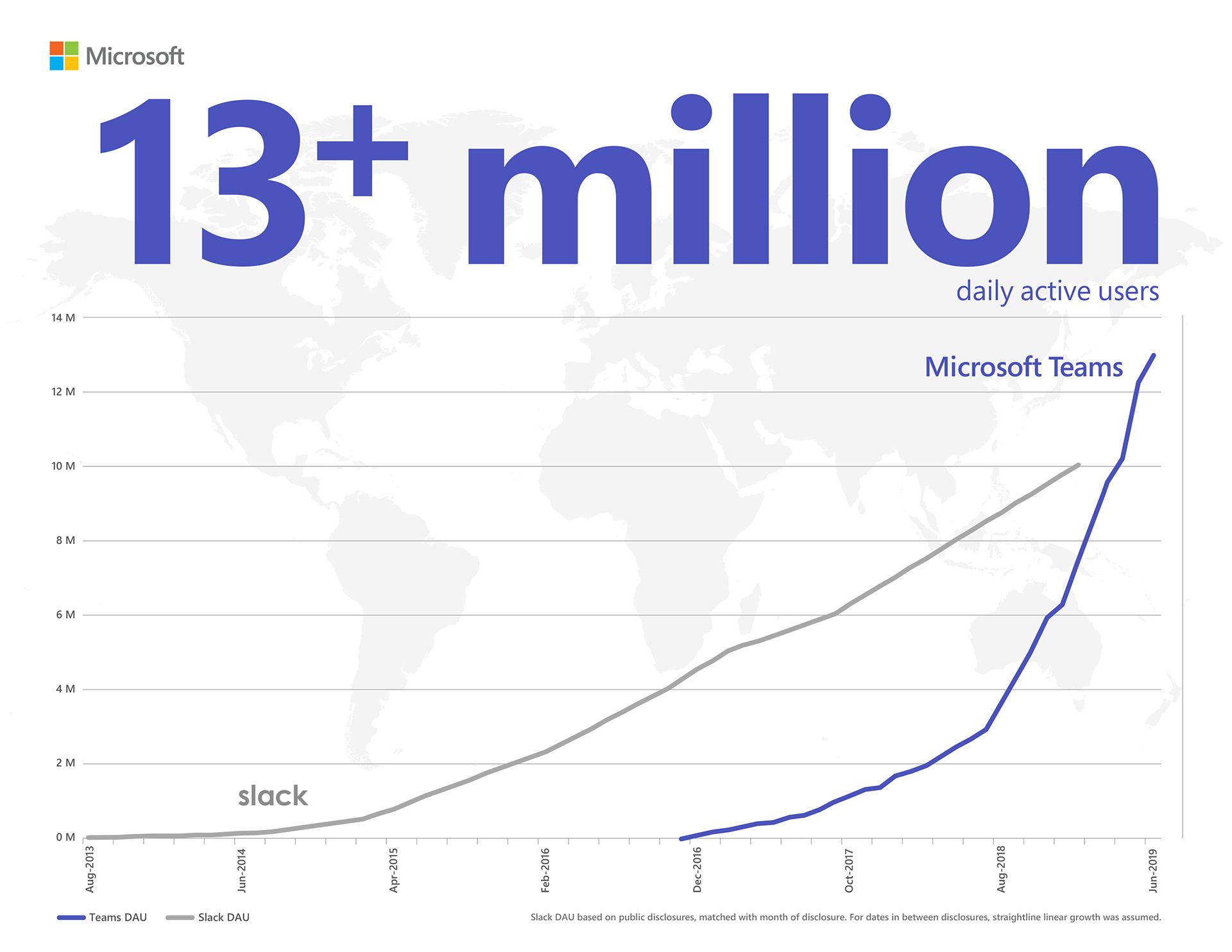
- #OFFICE 2016 FOR MAC MODIFY MY DISPLAY NAME HOW TO#
- #OFFICE 2016 FOR MAC MODIFY MY DISPLAY NAME FREE#
- #OFFICE 2016 FOR MAC MODIFY MY DISPLAY NAME WINDOWS#
We could also use Microsoft Excel or Microsoft PowerPoint using any of these applications will change user information for Microsoft Office as a whole. We should note that we’re going to use Microsoft Word to change the user information.
#OFFICE 2016 FOR MAC MODIFY MY DISPLAY NAME HOW TO#
Let’s first show you a generic, hard-coded script for changing user information, and then we’ll talk about how to make that script a bit more dynamic. Oh, if only they had had Scripting Guys back in those days! It’s actually pretty easy to change the user information in Office, and to make it match the user’s name as found in Active Directory to boot. JC, you might be gone, but you were never forgotten. Even after he left the university his legacy lived on that’s because no one knew of a quick and easy way to change that information. Because this technician was allegedly the user on every copy of Office, every Office document showed him as the author. Back in the days when one of the Scripting Guys worked for a local university, every document in one department of 300+ users appeared to have been created by the same person that’s because a single help desk technician installed Office on every machine and, lacking any other instructions, simply entered his name as the default user name.
:max_bytes(150000):strip_icc()/002-change-language-in-word-4173101-9cb1f389a2a64fc7b2fd33fc9c7255ec.jpg)
This entry was posted in Microsoft Outlook 2010, Microsoft Outlook 2013, Setting up a signature and tagged create signature, modify, outlook 2010, outlook 2013, outlook 2016 on Jby Adam.Hey, Scripting Guy! How can I change the user information in Microsoft Office to match the user’s name as stored in Active Directory? For Microsoft Exchange Server it is CodeTwo Exchange Rules or CodeTwo Exchange Rules Pro, while for Office 365 it is CodeTwo Email Signatures for Office 365.
#OFFICE 2016 FOR MAC MODIFY MY DISPLAY NAME WINDOWS#
If you’re running Windows Server in your company, you should be able to deploy multiple personalized email signatures for Outlook using a Visual Basic script. A similar feature exists in Google Apps for Business and Exchange Online. In Microsoft Exchange Server organizations you can deploy server-level email signatures via the transport rules in Exchange 2019, 2016, 2013, 20. But when you have a large number of users and want to make sure their emails are stamped with unified signatures containing personal details, better start rolling up your sleeves.
#OFFICE 2016 FOR MAC MODIFY MY DISPLAY NAME FREE#
A user can even create it on their own using one of the free email signature generators. Suggested readingĬreating a signature for a single user may be child’s play. 7), correct the errors directly in the document using e.g. Tip: If parts of the signature get copied incorrectly, you can always go to C:\Users\%username%\AppData\Roaming\Microsoft\Signatures, open the RTF version of your signature (in my case it will be called New signature.rtf – Fig. Compose your signature in Word, copy it into the Outlook 2016/2013/2010 signature editor and click Save. Use the built-in Outlook 2016/2013/2010 signature editor (a very condensed version of what you would get in Word), but bear in mind that it is a little clunky and achieving advanced effects can prove frustrating, if not impossible.ģ. Create your signature in email signature generator.Ģ. Now for the final step – designing/modifying the signature.

Once you are in the Signatures and Stationery menu, either highlight the signature you want to modify, or click New, type in the name of your new signature and click OK – I’ll just call mine “New signature” ( Fig. Signatures and Stationery menu in Outlook 2013.

If you have never created an email signature in your Outlook, the Signatures and Stationery menu should look something like this:įig. Outlook Options – Signature button in the Mail tab. In the resulting window choose the Mail tab and then click the Signatures… button ( Fig. Options button in Outlook 2013 Backstage view.ģ. Click File to go to the Outlook 2016/2013/2010 Backstage view ( Fig.

Accessing the Signatures and Stationery menu via the new message editor.ġ. Method 1: When composing a new email, click INSERT and then click Signature, Signatures… ( Fig. There are 2 simple methods of doing this. To create a signature in Outlook 2016, 2013 or 2010, what you have to do first is get to the Signatures and Stationery menu (Fig.5). Option and menu names and locations used in this article are the same for Outlook 2016, 2013 and Outlook 2010. : This article was updated on October 28, 2019.


 0 kommentar(er)
0 kommentar(er)
